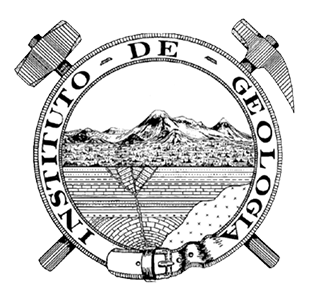Abstract
A complete humerus referred to Agriotherium is described, collected from early-late Hemphillian deposits from Zacatecas. Agriotherium is widely represented by isolated molars, mandibles, and maxillae in early-late Hemphillian faunas of Eurasia and North America. In the literature, postcranial elements are scarce and briefly described with little detail. The greatest diversity is known from the Langebaanweg quarry in South Africa; however, the only complete specimen is from Mexico. The proximal end is described, and the humerus shares similarities with the description of the distal end from South Africa, in which the medial epicondyle and crest of the lateral epicondyle are reduced, which can be considered as a limitation in the hunting of larger prey for food. This implies that Agriotherium was not strictly carnivorous but was a predator-scavenger with an omnivorous diet that included plants and fruits.

This work is licensed under a Creative Commons Attribution 4.0 International License.












